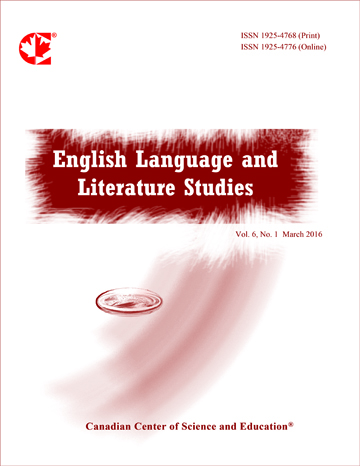Design, Application, and Factor Structure of a Cultural Capital Questionnaire: Predicting Foreign Language Attributions and Achievement
- Reza Zabihi
- Mojtaba Pordel
Abstract
Culture, as a variable which explains a great part of individual differences, has proved to be effective in defining the factors to which individuals ascribe their success or failure. This study introduced a completely new perspective to the relationship between culture and foreign language attributions by making reference to Bourdieu’s concept of cultural capital. To this aim, a questionnaire for measuring cultural capital was designed, applied, and validated. The Factorability of the intercorrelation matrix was measured by two tests, namely, Kaiser-Meyer-Olkin test of Sampling Adequacy (KMO) and Bartlett’s Test of Sphericity the results of which indicated that the factor model was appropriate (0.65, p < .05). Moreover, the results of Exploratory Factor Analysis (EFA) based on the performance of 476 undergraduate university students yielded a two-factor solution of Textual literacy and Musical literacy. Moreover, the survey explored the relationship between the new factors and learners’ foreign language attributions as measured by the Language Achievement Attribution Scale (LAAS) and the Causal Dimension Scale (CDS-II). Results from Pearson product-moment correlation revealed that the total score for cultural capital was significantly related to learners’ ability, effort, and personal attributions. In order to investigate the role of cultural capital in predicting learners’ foreign language achievement, Multiple Linear Regression Analysis was conducted. Results revealed that musical literacy was the best predictor of the listening and speaking skills, whereas reading, writing, and grammar were mostly predicted by learners’ textual literacy. At the end, statistical results were discussed, and implications for English language teaching were provided.
- Full Text:
 PDF
PDF
- DOI:10.5539/ells.v1n1p67
